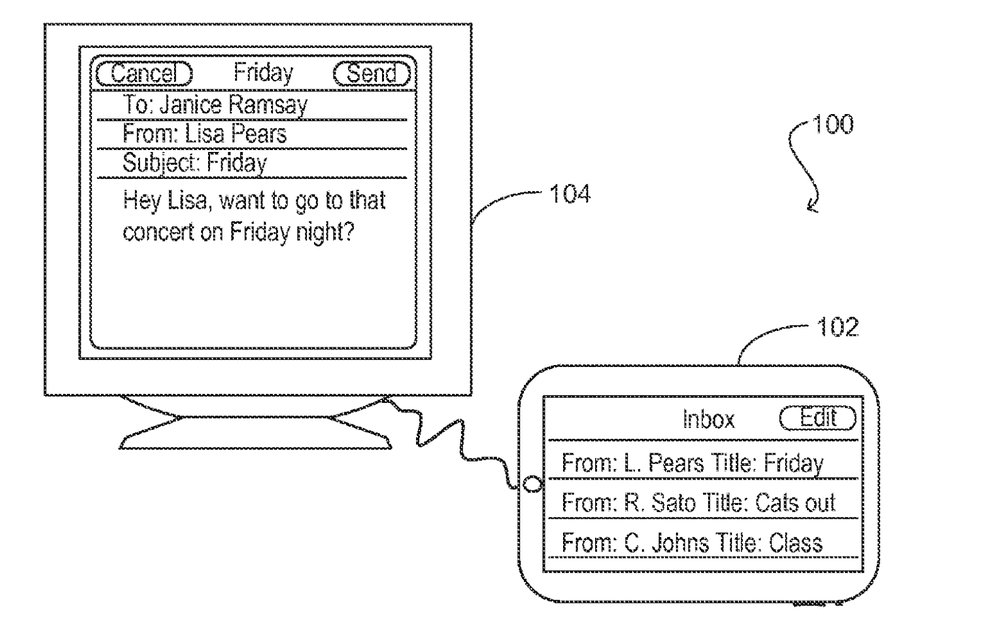Apple is looking into ways for your Mac and iPad and/or iPhone to work together in new, exciting ways. The company has filed for a patent (number 20160283063) for “content presentation and interaction across multiple devices.”

The invention involves an application that can generate multiple user interfaces for display across multiple electronic devices. After the devices establish communication, an app running on at least one of the devices can present a first set of information items on a touch-enabled display of one of the electronic devices.
The electronic device can receive a user selection of one of the first set of information items. In response to receiving the user selection, the app can generate a second set of information items for display on the other electronic device. The second set of information items can represent an additional level of information related to the selected information item.
In the patent filing, Apple notes that, as screen real estate becomes increasingly valuable, systems have been developed to use a secondary display screen to either mirror, or provide additional display area to, a primary display screen of a computing device. In the mirroring scenario, what is displayed on a primary display screen of, say, a MacBook, may be “mirrored” by a secondary display screen (e.g., attached monitor) that is, for instance, larger and capable of higher-resolution display.
In the extension scenario, the secondary display extends the on-screen display instead of merely “mirroring” the first screen. real estate but does not “mirror” the content of the primary display. For examples, a user may use the primary display to view one website and use the secondary display to view another website. This is possible using the Duet Display app to use an iPad as a second screen for your Mac.

However, conventional approaches for using a primary display with a secondary display have shortcomings, according to Apple. First, users have to manually configure the settings of the primary and secondary displays, a process that can confuse and intimidate a significant number of users. Second, even for users who are capable of performing such configuration, the process is time-consuming, inefficient, and irritating to the users’ overall computing experience.
Third, even technically savvy users may fail to discover display arrangements and/or settings that would maximize the advantage of having two displays. Apple’s invention is designed to overcome such problems.
Apple files for — and is granted — lots of patents by the U.S. Patent & Trademark Office. Many are for inventions that never see the light of day. However, you never can tell which ones will materialize in a real product.

